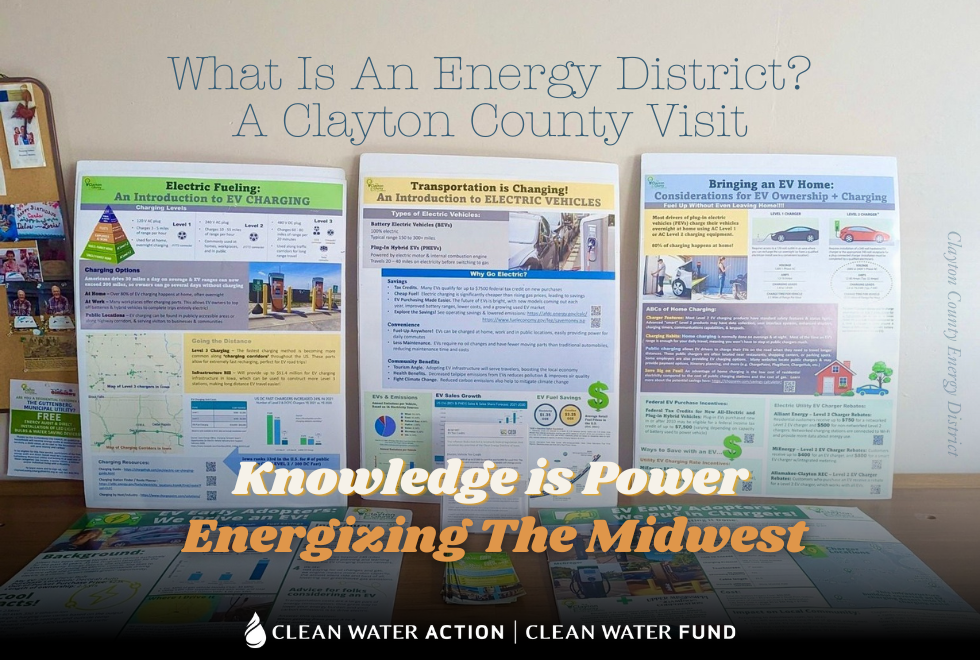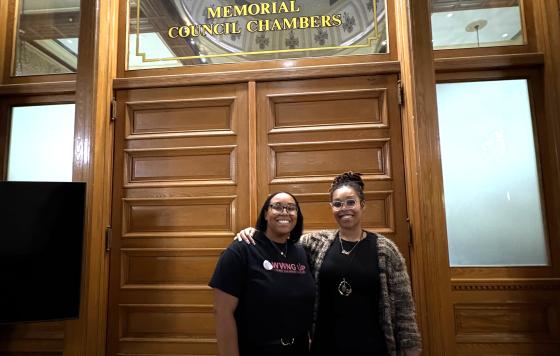
The Public Power Project is a work of passion and collaboration for a better energy future. Over the past year we took to the road and were able to see communities fighting to hold their utilities accountable, municipal utilities working hard to keep supplying power to their rural towns, and activists who are pushing their local governments to break from extractive investor owned models and transition to municipalization (creating a publicly owned power utility). Let us take you across the Midwest to share insights in this new blog series "Knowledge Is Power: Energizing the Midwest" and accompanying report, Coming Together for Equitable Public Power.
Part 5: What Is An Energy District? A Clayton County Visit.
The team began our field research in Clayton County north of Dubuque. Here residents have banded together to form county based Energy Districts to act as advisory centers for local co-ops, municipal utilities and community members. Their goal? Sharing resources and gathering information on ways to best meet energy needs supply electric power in a rapidly shifting energy landscape.
The Energy district movement started in 2008 when Iowans were dealing with a combination of a recession and massive flooding in northeast Iowa. It was formed out of tradition of the soil and water conservation district movement in the 30s where the economic crisis of the great depression and environmental crisis of the dustbowl met. Early on folks in Decorah noted the common denominator was energy. There was a significant financial motive and moral imperative to make a change around climate and energy. Local organizers saw the cost of energy was a district-wide problem for residents.
The beauty of the Energy District model is that its primary purpose is to lead, implement, and accelerate transition to clean energy. So naturally the idea of community owned utilities becomes a priority. These energy districts are designed to help individuals, businesses, and communities to make the best energy choices available to them in the evolving energy market. After conversations with folks in Clayton County and around the state involved in other fights (like Decorah’s campaign), several communities realized that their franchise agreements, which were due to expire, would be the lynchpin around which to organize.
The Energy District currently works closely with the three municipal utilities and several co-ops throughout the county with two purposes. First, connecting people with their best route to spending less money on energy and secondly, educating consumers of power on how best to move forward in the clean energy transition.
This model, much like its predecessor the soil/water conservation district, is a model that every community could benefit from. Whether it is to help homeowners get solar on their homes or give support and resources to new municipal utilities finding their way, it would be useful in the transition for every county in every state to have and energy district in the same way every county advises on soil/water conservation.
This is the fifth in a series of blogs exploring public power across the Midwest. Read other published blogs in the series and the accompanying report, Coming Together for Equitable Public Power.



